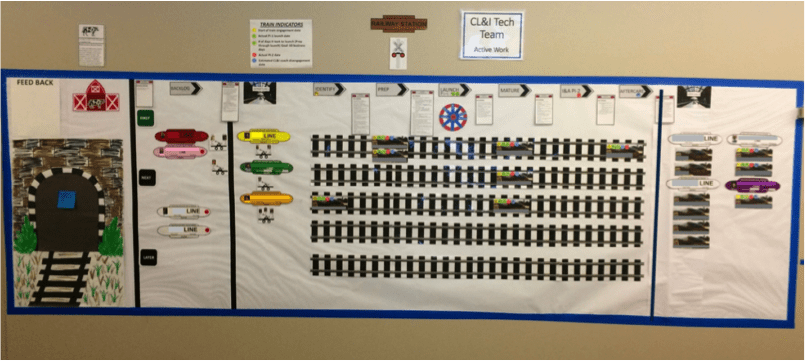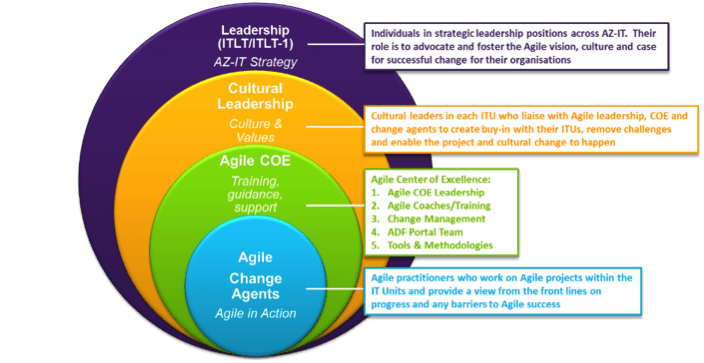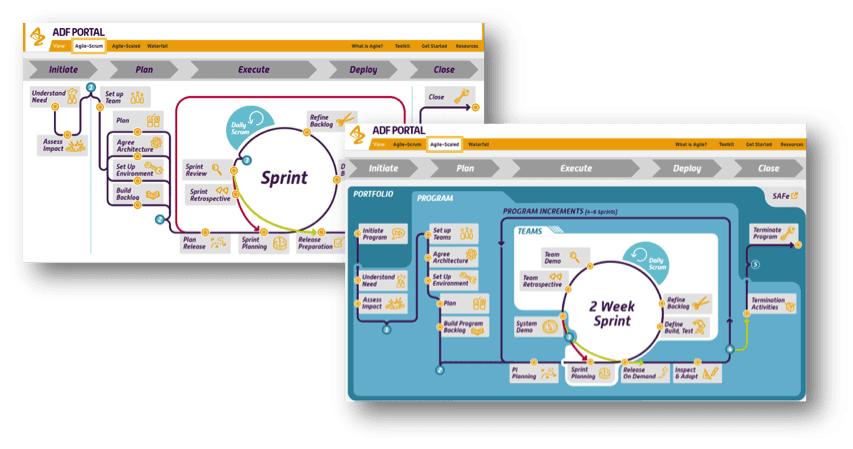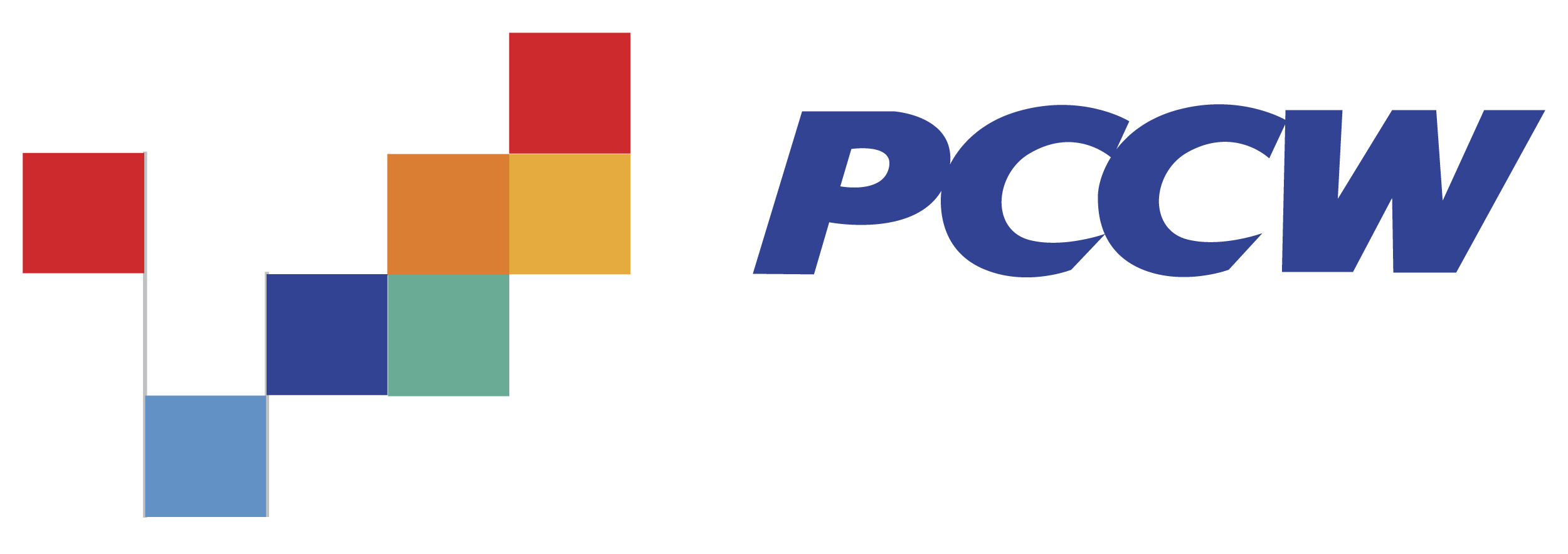
“I personally believe we have delivered more in the two years we’ve been using SAFe than we did in the four years prior-not in raw code, but in value. Our downtime went down and that saved the company about 30 million over the course of the year. That’s real money and a really positive outcome.”
—Tripp Meister, Director of Technology, PlayStation Network
Challenge:
Co-located teams across eight different cities found Waterfall and Agile Scrum fell short in bringing together members cohesively.
Industry:
Media and Entertainment, Consumer Products
Solution:
SAFe®
Results:
- Delivered double the value compared to before practicing SAFe
- Cut initial planning time by 28 percent
- 700 team members across 60 Scrum teams actively using SAFe
- In two years, launched six trains globally, shipped more than 350 production releases, completed 22 PSIs, over 125 sprints and 250 features
Best Practices:
- Work toward a common theme—”We base our milestones on an objective set that goes across all thousand people doing this, giving them a common theme to work toward,” Meister says.
- Decentralize decision-making—Empower individuals to negotiate decisions together, at all levels.
- Gain full buy-in—”SAFe worked because everyone bought into it, top to bottom,” Meister says.
Introduction
Since 1994, millions around the world have chosen to game with PlayStation. Today, the gaming console made by Sony Interactive Entertainment (SIE) continues to lead with more than 150 million users globally. And most recently, it took the top spot among competing consoles in holiday sales.

PlayStation customers eagerly await new releases. Delivering a quality product on time requires tight collaboration across more than 1,000 SIE engineering team members. Co-located teams reside in eight different cities.
In meeting its targets, the SIE engineering organization found Waterfall and Agile Scrum fell short in bringing together hundreds of team members cohesively. These approaches failed to address the many dependencies across the organization and resulted in less than desirable business results. What’s more, disparate teams were able to plan only one or two iterations in advance.
“It can take 700 people to make one screen available,” explains Tripp Meister, Director Technology, PlayStation Network. “Coordinating this work and having it well organized so the company can release new features and updates is critical to success. If we just follow processes like Scrum and Agile, things can fall through the cracks, especially with the highly connected systems we build at PlayStation.”
SAFe®: Enabling Value Delivery
In early 2014, SIE leadership chose to deploy the Scaled Agile Framework® (SAFe®) to bring greater organization and collaboration to development.
“SAFe gives us top-down prioritization based on senior management direction, pulls disparate groups together into common timeframes, and enables us to manage dependencies much better,” Meister says.
SIE engaged a SAFe coach and began with the 2-day Leading SAFe® training for managers. By February of 2014, the company launched its first Agile Release Train (ART), and then followed that with ART launches every 12 weeks.
For every launch, team members come together in person. “Every 12 weeks, about 500 people coalesce in San Diego,” Meister says. “While it’s not cheap to bring everyone together, it’s what allows us to deliver value because you walk out of there and know you can get your work done. For 12 weeks, you are unimpeded.”
Prior to adopting SAFe, cadence varied across groups. Some iterated daily, while others did so weekly or bi-monthly. Now, SIE consistently adheres to a cadence of two weeks with 12-week iterations or PSIs, potentially shippable increments (identified now as Program Increments (PIs) in SAFe 4.0). They run six or seven iterations at a time, which comprise a major release.
SIE program managers serve as Release Train Engineers (RTE), which Meister refers to as the “ringmasters.” They oversee designers, user experience developers, systems architects, systems engineers, and product managers in executing on work in manageable increments and in adhering to the vision.
With the move to SAFe, the company made demos optional for developers. And when they do attend, demos remain high-level and limited to just 5-10 minutes—compared to all-day demos presented previously. “If developers do attend demos, it’s an opportunity to read the face of the product manager they delivered to,” Meister says.
Clearer Vision, Predictability and Priorities
At SEI, SAFe has fundamentally changed the culture of the engineering organization:
Greater visibility/transparency—Developers have more insight into broader company initiatives and activities. “Now, every planning session we do, every single employee practicing SAFe knows our financial results,” Meister says. “The work we do isn’t usually visible, so when you see that you impact the bottom line, it resonates better.”
Better coordination—Prior to SAFe, collaboration wasn’t necessarily constructive. Now, from Tokyo to San Diego, everyone speaks a common language when it comes to Agile. Disparate groups work together more cohesively, and SEI has enhanced coordination between Portfolio and Program management activities.
Dependency management—In an environment with many dependencies, SAFe serves as a dependency management system, improving predictability.
Clearer priorities—With weighted shortest job first (WSJF), SAFe brought a new approach to prioritizing. “SAFe has really allowed us to work on the most valuable thing at the moment,” Meister says.

$30 Million in Savings
Today, approximately 700 team members across 60 Scrum teams actively use SAFe. Since 2014, the company has launched six trains globally, shipped more than 350 production releases, completed 22 PSIs, over 125 sprints and 250 features. With the Framework, SEI also cut initial planning time by 28 percent. Instead of 1550 man-days to plan, it now takes 1125.
“I personally believe we have delivered more in the two years we’ve been using SAFe than we did in the four years prior—not in raw code, but in value,” Meister says. “Our downtime went down and that saved the company about 30 million over the course of the year. Before, we had done similar things, but they were not nearly as effective as SAFe.”
The following summary is based on a public presentation by Tripp Meister of PlayStation Network.













